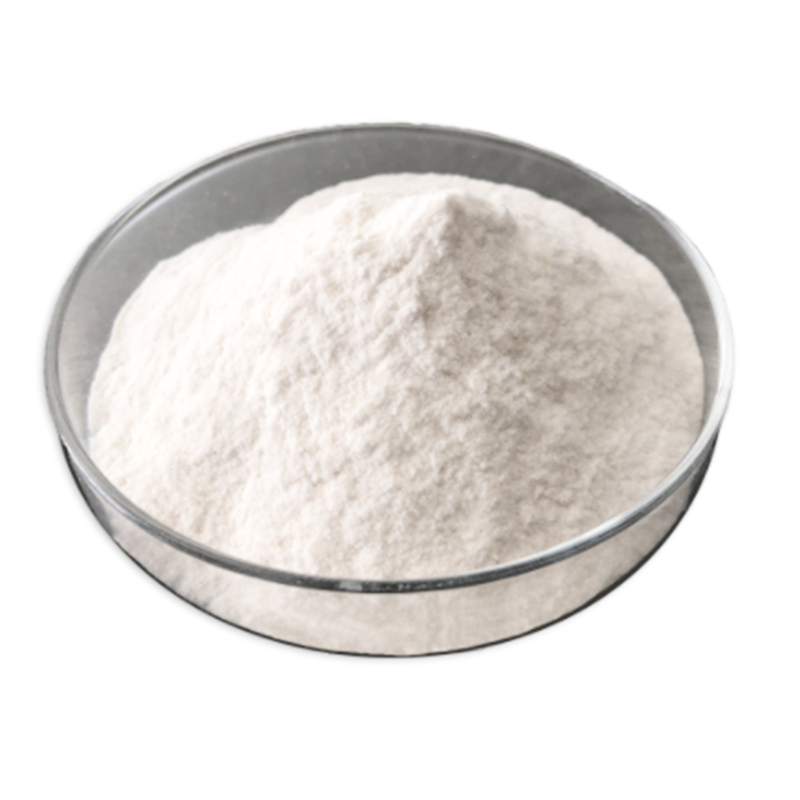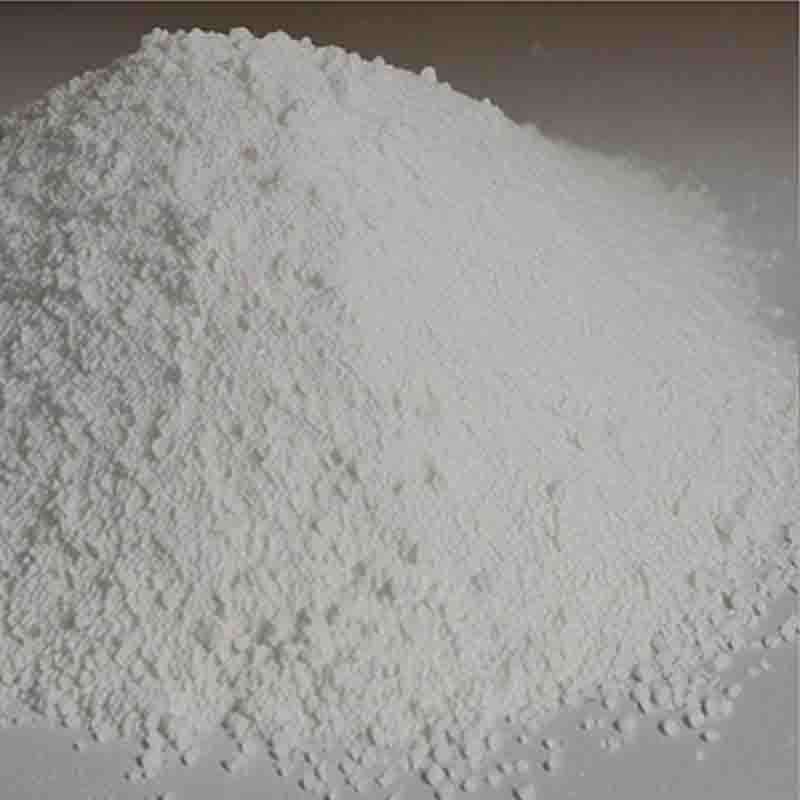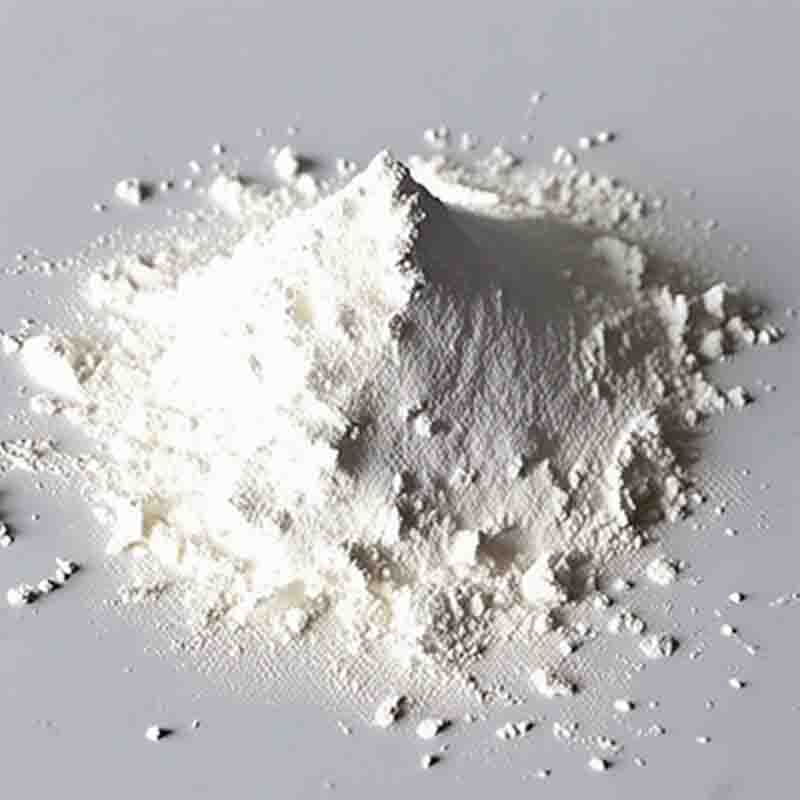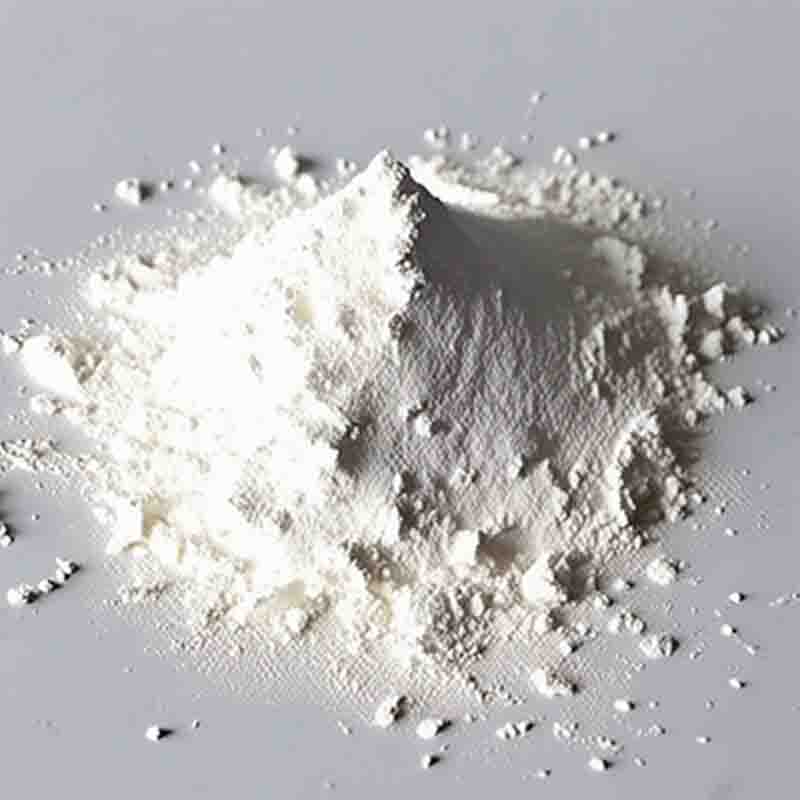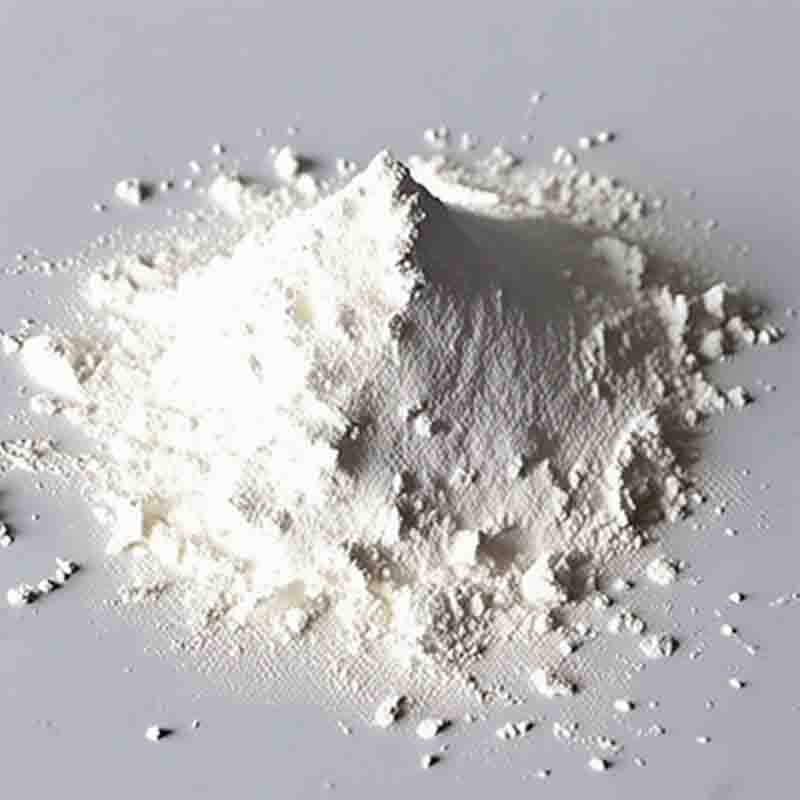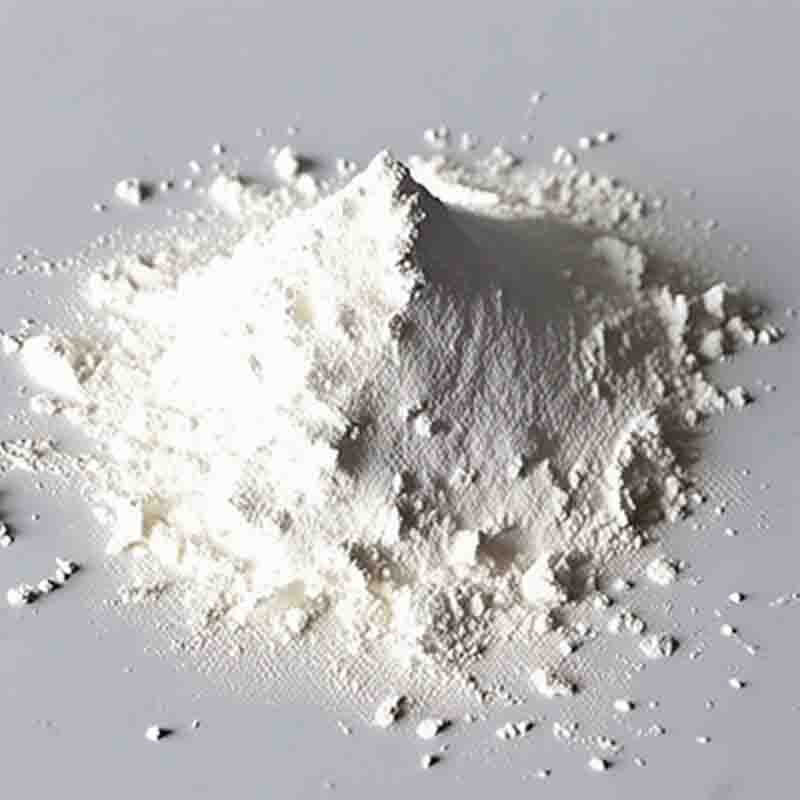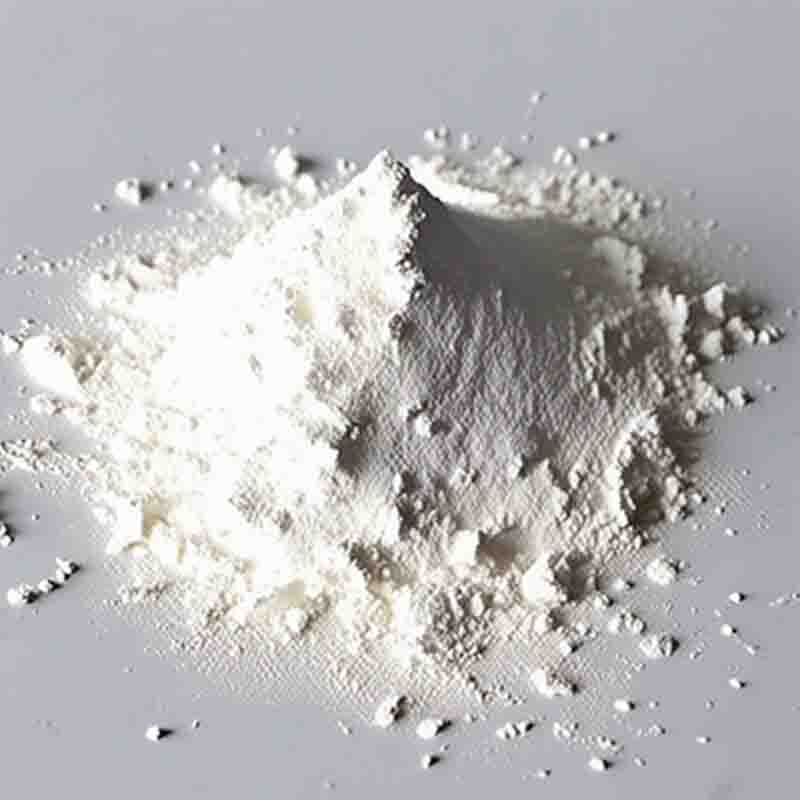N-HexadecyltrimethylammoniumChloride CAS:112-02-7
| Catalog Number | XD95622 |
| Product Name | N-HexadecyltrimethylammoniumChloride |
| CAS | 112-02-7 |
| Molecular Formula | C19H42ClN |
| Molecular Weight | 320 |
| Storage Details | Ambient |
Product Specification
| Appearance | White powder |
| Assay | 99% min |
N-hexadecyltrimethylammonium chloride, also known as HTAC or CTAC, is a quaternary ammonium compound that has various effects and applications.One of the main effects of N-hexadecyltrimethylammonium chloride is its surfactant properties. It acts as a detergent in many applications, including in cleaning products, shampoos, and personal care products. It reduces the surface tension of water, allowing it to mix more easily with oils and other substances. This effect helps to remove dirt, oil, and other impurities from surfaces and makes it easier to rinse them away.N-hexadecyltrimethylammonium chloride also has antimicrobial properties. It is effective against a wide range of microorganisms, including bacteria, fungi, and viruses. As a result, it is commonly used as a disinfectant and sanitizer in healthcare facilities, laboratories, and household cleaning products. It helps to control the growth and spread of harmful pathogens, reducing the risk of infections.Another effect of N-hexadecyltrimethylammonium chloride is its ability to act as a cationic surfactant. This means that it carries a positive charge and can bind to negatively charged surfaces. This property makes it useful as a fabric softener and conditioning agent for hair care products. It helps to reduce static electricity, improve softness, and enhance the texture of fabrics and hair.N-hexadecyltrimethylammonium chloride also has the potential to act as an emulsifier. It can form stable emulsions by dispersing oil droplets in water or vice versa. This property is beneficial in various industries, including food, pharmaceuticals, and cosmetics, where emulsions are commonly used to create stable formulations. It helps to improve the consistency, stability, and texture of products.Furthermore, N-hexadecyltrimethylammonium chloride has been studied for its role as a gene transfection agent. It has the ability to bind and condense DNA, allowing it to be more efficiently taken up by cells. This property makes it valuable in gene therapy and genetic research, where it is used to introduce genetic material into cells for various applications.In conclusion, N-hexadecyltrimethylammonium chloride exhibits surfactant, antimicrobial, emulsifying, conditioning, and gene transfection effects. Its versatile properties make it useful in various industries, ranging from cleaning and personal care products to pharmaceuticals and genetic research. However, it is important to note that N-hexadecyltrimethylammonium chloride should be handled and used with caution, as it can cause skin and eye irritation and is toxic if ingested or inhaled.


